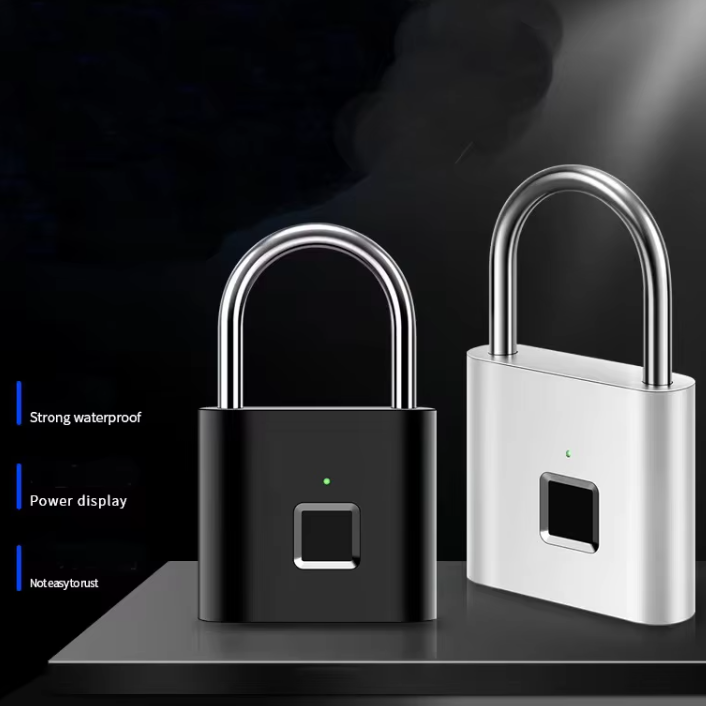E: sales@aoweidatech.com
AoWEIDA Technology Co., Ltd
Custom Manufacturer ・ 5years ・ Shenzhen, China
Main product: Cosplay Arts Crafts Material, Fingerprint Lock, Bicycle Lock
Copyright © 2024, EVA Foam Sheet and Roll, Handmade EVA, EVA Toys. Powered by AOWEIDA TECH




